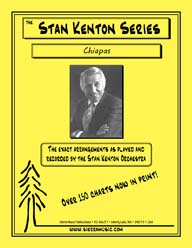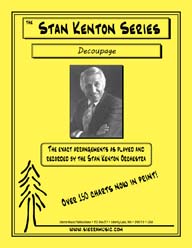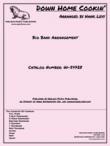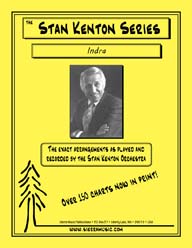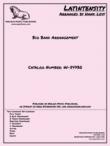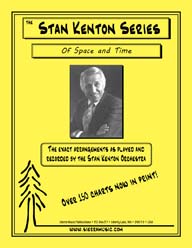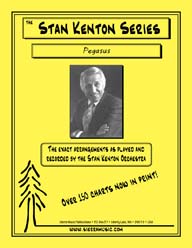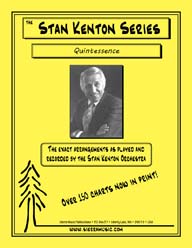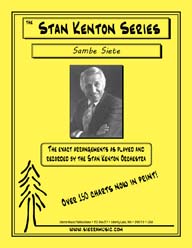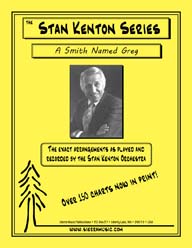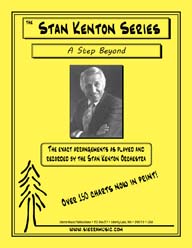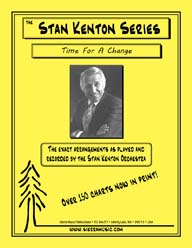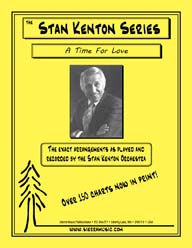Levy, Hank
Hank Levy came of age in the 1940s, when big bands criss-crossed the country playing one-nighters, and when people in Baltimore and other cities regularly went out dancing in nightclubs and ballrooms. There were many excellent bands in the area staffed by musicians in the armed forces and musicians and ideas circulated freely among these groups. Levy was part of this milieu (he attended the Navy School of Music during his three-year hitch) and took full advantage of it in his later career as a teacher, composer, and bandleader.
A Baltimore native, Hank graduated from Baltimore City College, where he led his first band, then attended several colleges, including an unhappy year at the Peabody Conservatory. Hank didn't receive a university degree until he arrived at Towson State College in 1968, where he was forced to earn one in order to teach there. He was mostly a musical autodidact, schooled in experience. In 1953, Hank played baritone saxophone in the legendary Stan Kenton Orchestra for six months, which led to a lifelong friendship with Kenton.
Dave Brubeck's Time Out album, featuring "Take Five" in 5/4 time and "Blue Rondo a la Turk" in 9/8 time, came out in 1959, but other than that, jazz seldom ventured outside the customary 4/4 time, or occasional 3/4 waltz time. Hank composed in time signatures that ventured way outside--to 7/4, 9/4, 11/4. But it wasn't just numbers. The music, while difficult to learn, swung hard. The Kenton band started using his arrangements.
The 1960s were a critical decade for Hank Levy. Out on the West Coast, trumpeter/bandleader Don Ellis was also experimenting with new rhythms, experimenting with time signatures as high as 19/4. One of the tunes that helped the Ellis band tear up the Monterey Jazz Festival in 1966 was Hank Levy's "Passacaglia and Fugue." Two years later, after the death of his father, Levy sold the family beef business and convinced Towson State College to start a jazz program, with him as director.
In 1972, with the help of Stan Kenton's Creative World production company, the ensemble put out their first of several albums, with all material written and arranged by Levy. That album was so well crafted that it still sounds relevant to this day. The compositions were of sufficient quality that several of them were recorded by the Ellis and Kenton bands. The Towson group lacked the soloist depth of these professional organizations but compensated with a crisp, powerhouse delivery. Many of the Towson players later ended up in the professional bands of Kenton, Ellis and others, beneficiaries not just of Levy's writing talent but of an offhand teaching style that charmed his students.
Levy spent the 1970s and 1980s building the band at Towson. In the early 1970s, the Towson State College Jazz Ensemble won every year’s competition at the prestigious Quinnipiac Jazz Festival in New Haven, Connecticut and was ultimately barred from competing.
Hank was interested in giving jazz what he called "a kick in the rear end" by using odd meters like 5/4, 7/4, 9/4 and 13/8, and by employing unusual harmonies and voicing. His music was considered difficult to master but rewarding to play by many bands, including his own groups.
Hank wrote a number of large scale compositions, including his Opus for Overextended Jazz Ensemble, which was premiered by the Baltimore Symphony Orchestra in 1971.
A video documentary on his life and work, A Head of Time: Ahead of Time, was completed in 2000, made by Audio Visual Artist's Productions. The owner of the company, Dick Slade, became an admirer when he heard Hank’s arrangements on a Kenton album in 1972.
Hank retired in 1989 after 21 years as head of the Jazz Studies department. He died of congestive heart failure September 17, 2001. His wife, Gloria, predeceased him in 1996.





